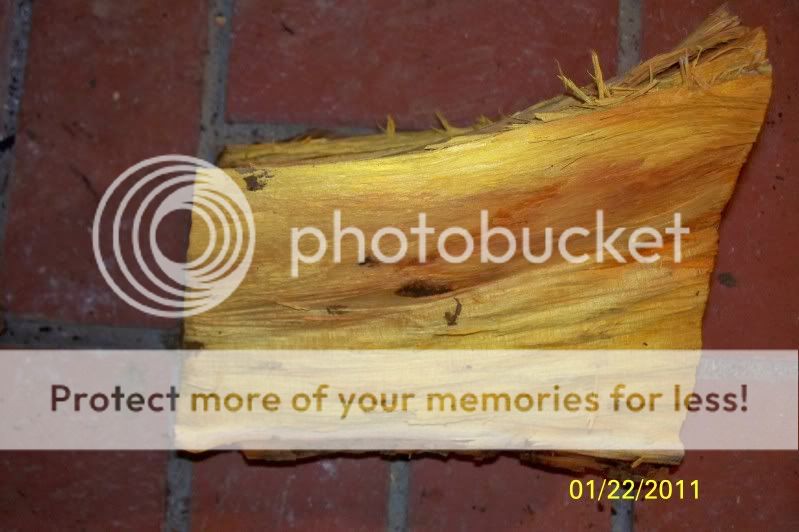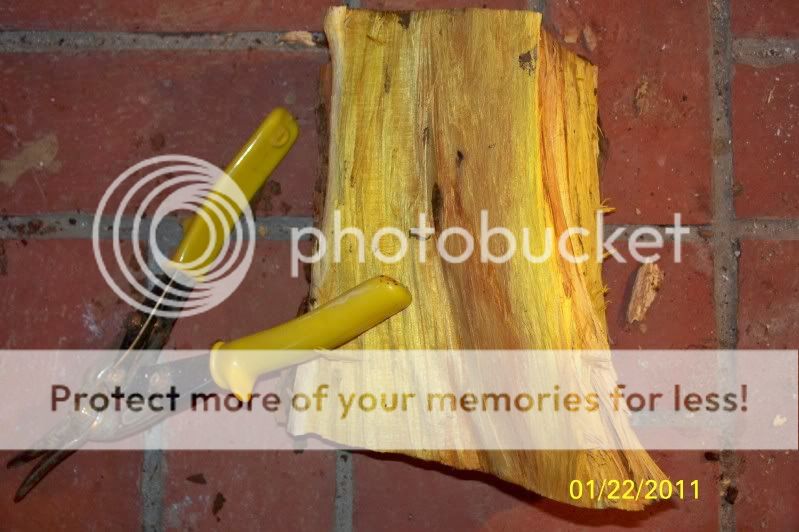Something else to consider as you set up a heating system is thermal mass. If you're heating an area without much thermal mass (the density of the objects around the heat source that soak up excessive heat and release it when the temperatures around it are cooler), it's hard to get comfortable heat from a woodstove. Thermal mass serves a kind of `tempering' or flywheel funtion of flattening out temperature fluctuations. You'll see this principle in a tile floor that soaks up heat from direct sunlight, and is still warm underfoot when the sun has moved away, or when people paint steel drums black and fill them with water and place them in a greenhouse, where they soak up heat and release it slowly at night. I may not have explained that clearly, so ask if it doesn't make sense to you.
Trailers, by nature, are usually short on thermal mass because they are built to be light and easily transported. A log cabin, on the other hand, may not be the most energy efficient design, but because large logs have a lot of thermal mass, once the logs heat up, they radiate heat back from the walls in, making them very comfortable. Soapstone stoves have a lot of thermal mass, and tend to help keep a place warm by radiating the heat even after the fire is out. Cast iron stoves do that to a lesser degree, and steel stoves even less--they heat up fast and release heat quickly.
You can compensate for lack of thermal mass in a trailer and/or a steel stove by building a hearth with dense material (stone, usually) that will soak up heat and release it more slowly over time. Downside of this is that you have to have the heat in the first place to get it warm--otherwise the thermal mass works against you by soaking up the heat that your stove is producing. Overall, I think that this adds a lot to the comfort level of heating with wood, but it's not something I see discussed a lot here, so thought I'd mention it.
Agreed against trying to burn that puppy full-out 24-7. Not only will that burn the stove out, it'll burn you out. Sounds very stressful to be monitoring a stove running at that degree of intensity. For comparision's sake, I aim to burn my stove at full bore every day for about 20 minutes. The rest of the time that I have it burning, unless the house is cold and I'm trying to get it up to temp, I usually have it on `cruise'--running about half-open to shut down. The short, daily wide-open burn is recommended by the manufacturer to `clear it's throat' as someone here put it--clean out any creosote before it has a chance to build up.
As far as the stack is concerned, there's another saying floating around the wood-burning world: the stack is the engine that runs the stove. The movement of air is what makes the fire generate heat. The speed of that air moving through is determined by several factors working together, and one of these is the lenght of the stovepipe. There are some good, newbie-friendly articles on designing heating systems (stove-stack-house-wood working together as a system) on the Fireview site. While this information library was compiled with their stoves in mind, a lot of the information is general and applies to other set-ups as well.
Here's a link:
http://www.woodstove.com/index.php/fireview#bottomLib
Setting up a functional, safe, efficient heating system takes some time and thought and research, and frustration seems to be an inherent part of the process. Depending upon whether you've lived with other woodstoves or not, you'll still have a bit of a learning curve getting used to the controls on the buck. Hang in there--take it a step at a time--think through all your moves before you make them. It'll all be worth it when you're done.



